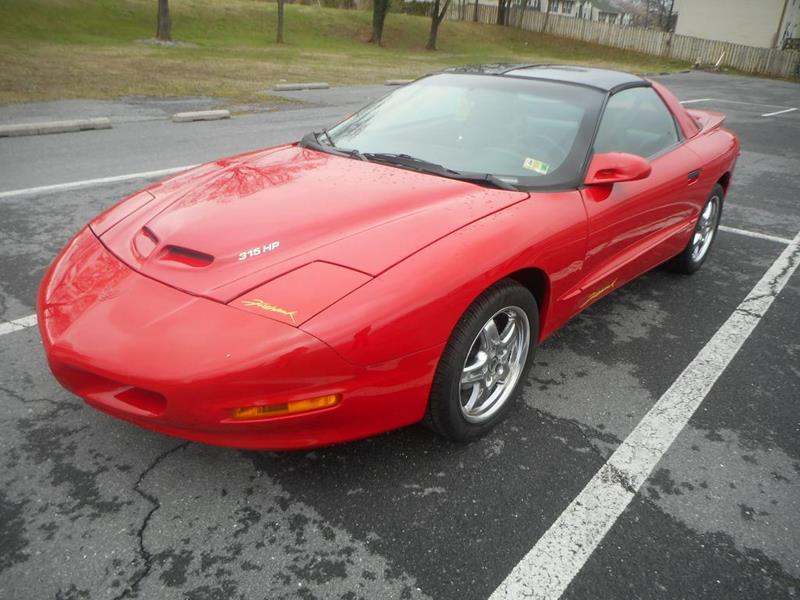
“Firebird and Trans AM: two of the most evocative names in American 2+2 sports coupe motoring.” 1995 Firebird sales brochure
- A new 3.8 litre overhead valve V6 engine was introduced midway through the model year.
- Traction control was added as an option for the Firebirds.
- A new steering wheel was borrowed from the Pontiac Grand Prix.
Muscle Car Specifications
Other than the above changes, the 1995 Firebirds were extremely similar to the 1994 models, which themselves were basically indistinguishable from the 1993 cars. But Pontiac was betting that the public would realize just how good the still relatively new fourth-generation Firebirds were and decided to essentially leave them alone. And it was a good bet.
1995 posted the highest sales of the fourth-generation so far, and in fact the production totals would go on to be the highest of any other year before the car was discontinued in 2002. During the production year, 50,986 Firebirds were produced. Unfortunately this number would drop the following year and production would proceed to hover around the 30,000 mark for most of the rest of the of the car’s career.
But things were looking up in 1995. Sales were good, and the new V6 engine was a sought after options for cars produced mid-way though the year. The 3.8 litre OHV 3800 V6 produced 200 horsepower. Needless to say, the standard V6 engine, a 3.4 litre motor rated at 160 horsepower was no longer relevant and would be discontinued for 1996.
Powering the Formula and Trans Am models once again was the powerful 5.7 litre V8 rated at 275 horsepower. These cars were some of the most powerful and best built cars in the history of the Firebird.
ASR, or Acceleration Slip Regulation, was added as the traction control option in 1995. Formula and Trans Am models in 1994 and 1995 also had the option of adding a “Transmission Perform” button, which provided quicker and firmer shifts. Other than the new steering wheel, the interior of the car also was the same as it had been in 1994.
As had been the case since the introduction of the third-generation cars in 1993, there were only three Firebird models available: base, Formula and Trans Am.
Firebird
Despite low sales numbers in 1993, the base model was quickly emerging as the most popular Firebird. With total production at 29,156, the base model outsold the other two models combined.
Firebird Formula
Equipped with the V8 engine standard, the Formula was designed for drivers who wanted the performance of the small block V8 without the added expense of the extras the Trans Am provided. However, the model would continuously be the lowest selling Firebird model, and 8,485 were produced in 1995. This number would be cut by more than half the following year.
Trans Am
Despite not selling as much as the base model, the Trans Am was continuing to grow in popularity. Total production was up to 13,345, compared to 10,672 the year before. However, this number also would drop in 1996.
Pony Car Competition
While it was great that both the GM pony cars saw production increases in 1995 (122,844 Camaros were built), the Mustang did too. The fourth-generation Mustang had been introduced in 1994, and sales rose in 1995 as the new model that proved to be particularly popular continued to catch on with the public.
In addition to this pony car competition, Firebird was facing competition from import cars and a car-buying climate that just wasn’t as friendly to domestic sports cars as it had once been. Still, it would be fun to watch the Firebird, Camaro and Mustang compete as pony cars over the next few years, just like they had in the heyday of the class.
Engine Specifications
| Type | Size | Carb | Horse Power | Tourqe |
|---|---|---|---|---|
| L32 V6 | 207ci | SFI | 160 hp @ 4600 rpm | 200 lb-ft @ 3600 rpm |
| LT1 | 350ci | Tuned Port Injection | 275 hp @ 5000 rpm | 325 lb-ft @ 2400 rpm |
Performance Statistics
| 0 to 60 mph | Quarter Mile | Engine | Source |
|---|---|---|---|
| 6.5 sec | 14.9 sec @ 93.9 mph | 350ci/275hp | Road & Track 6/95 |

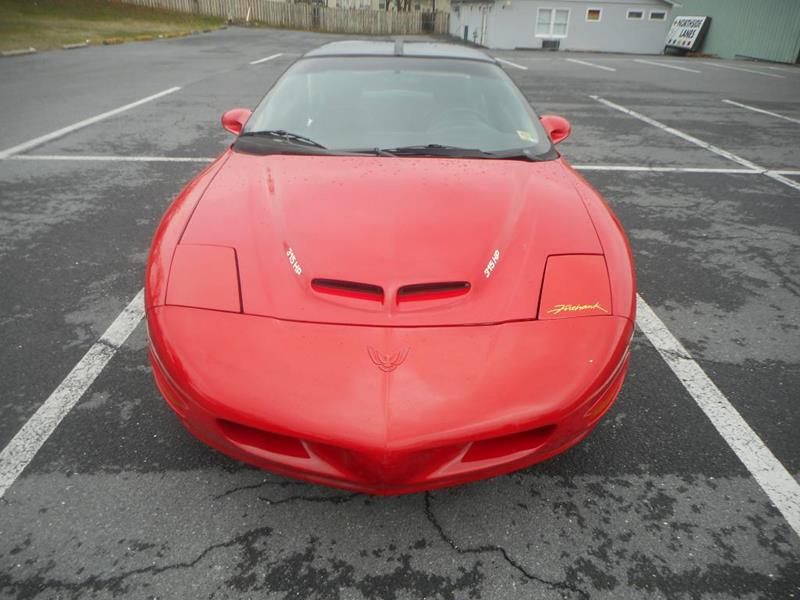
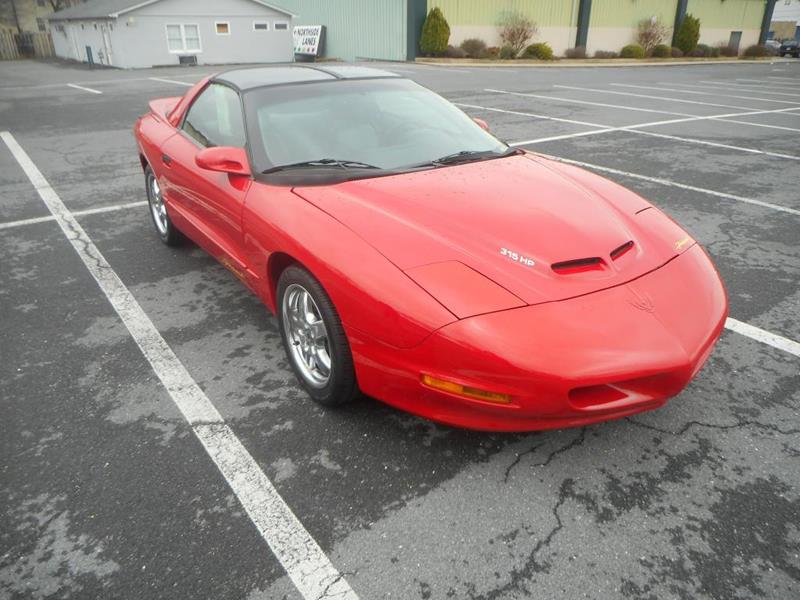
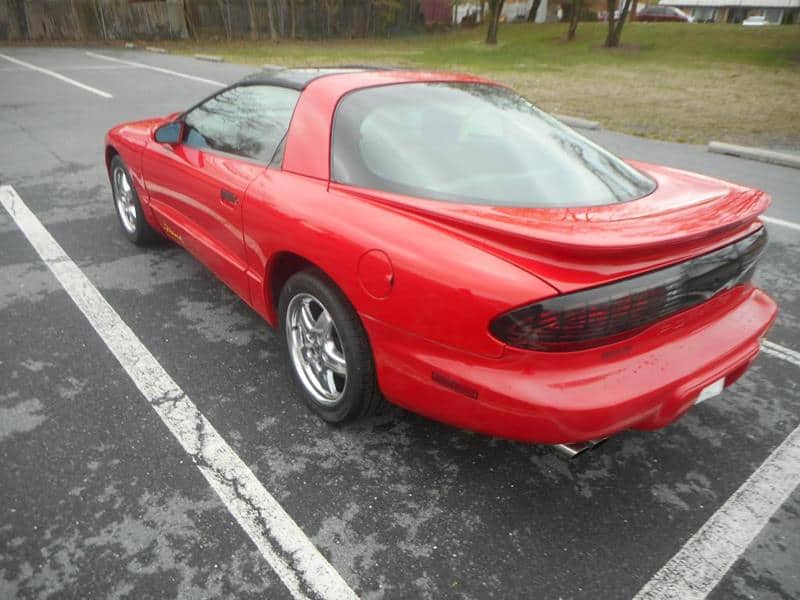
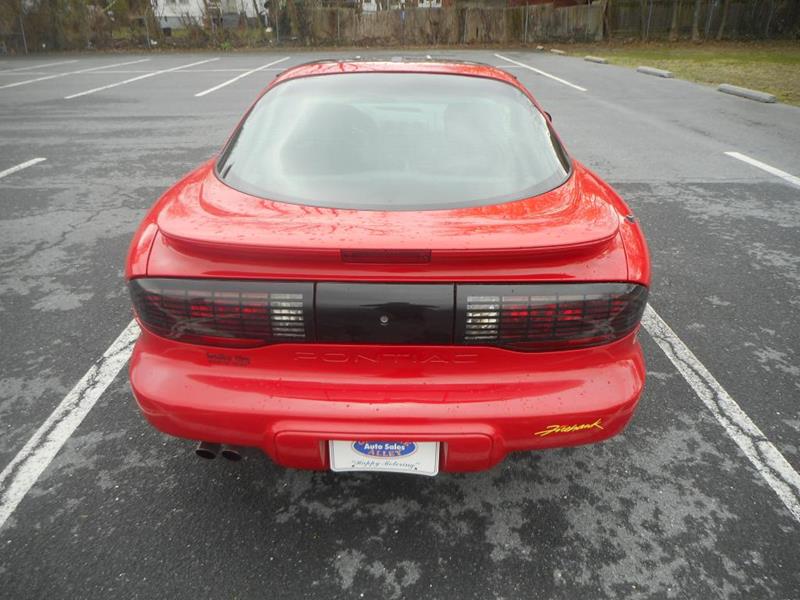
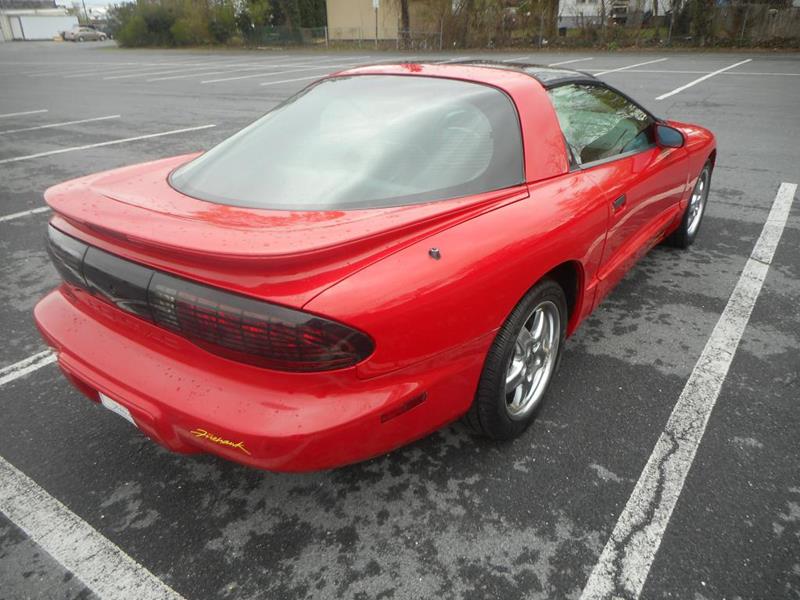
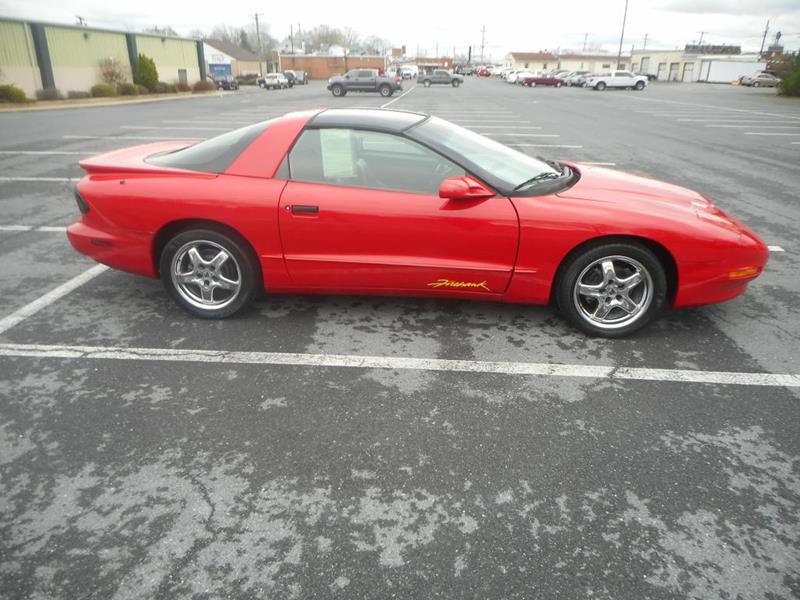
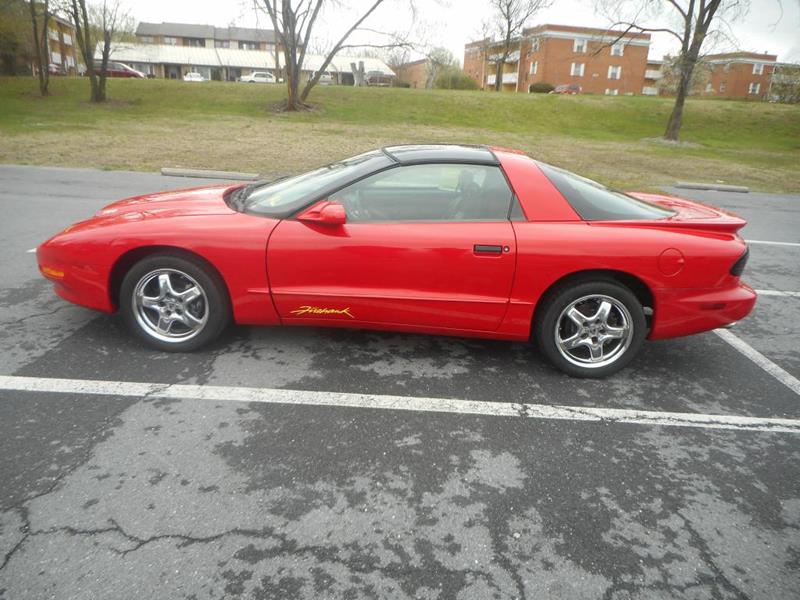
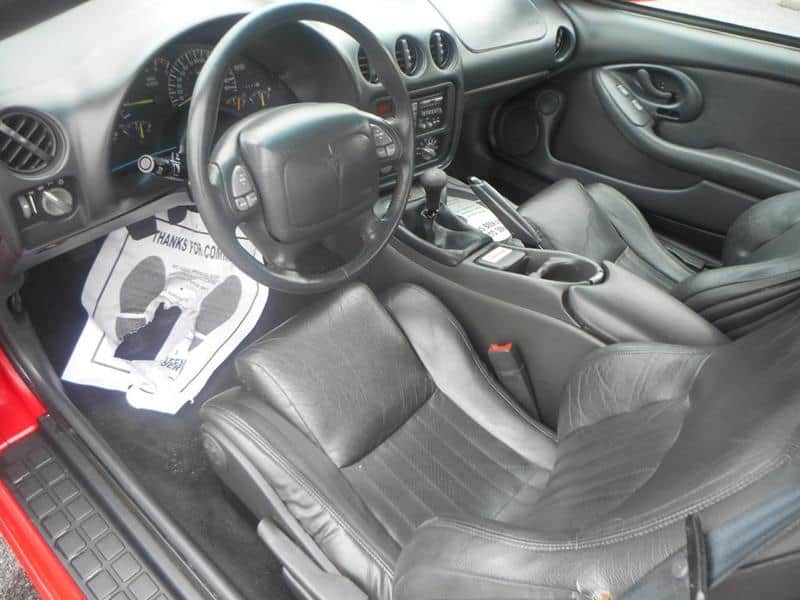
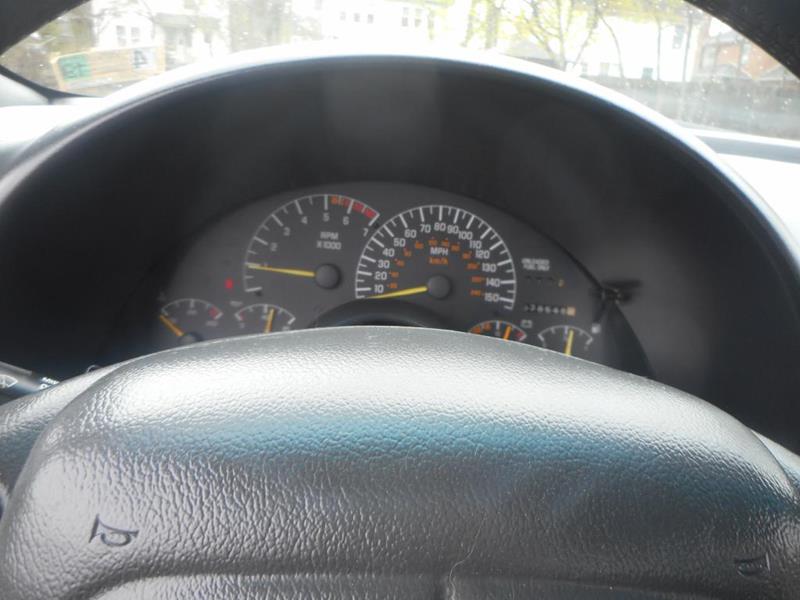
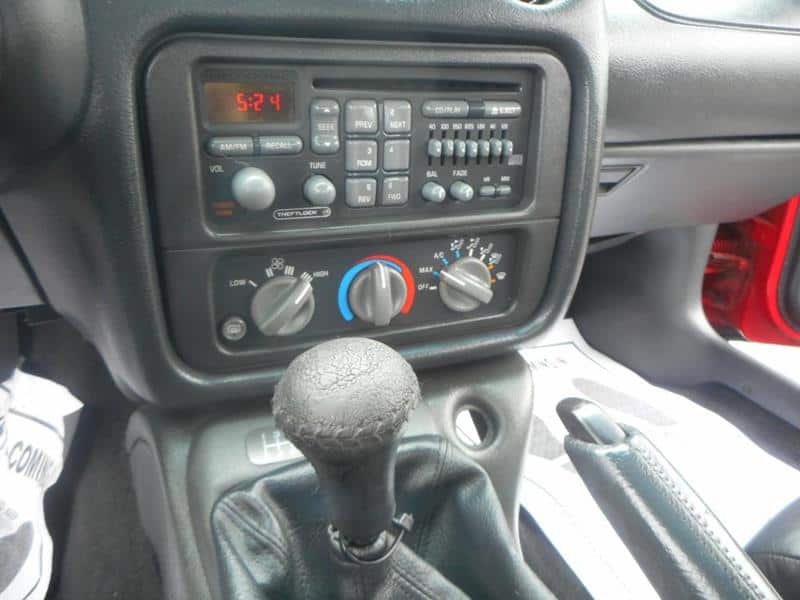
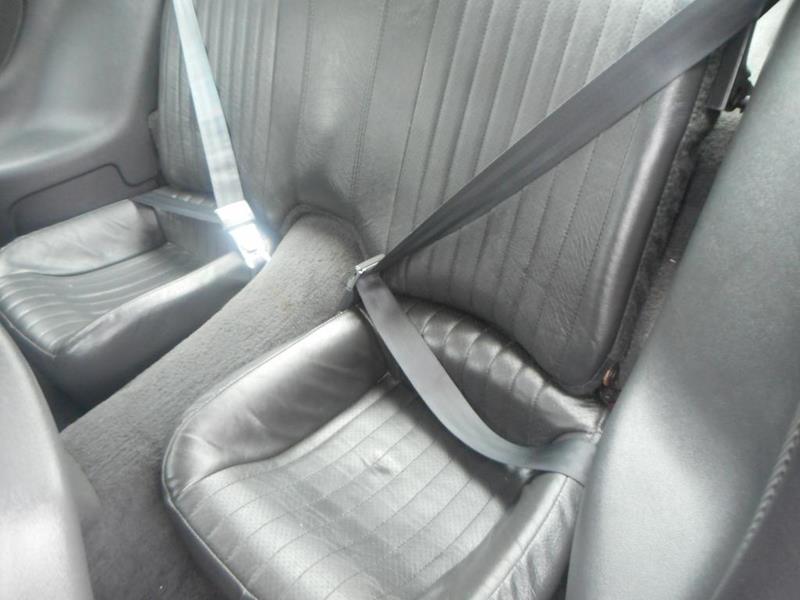
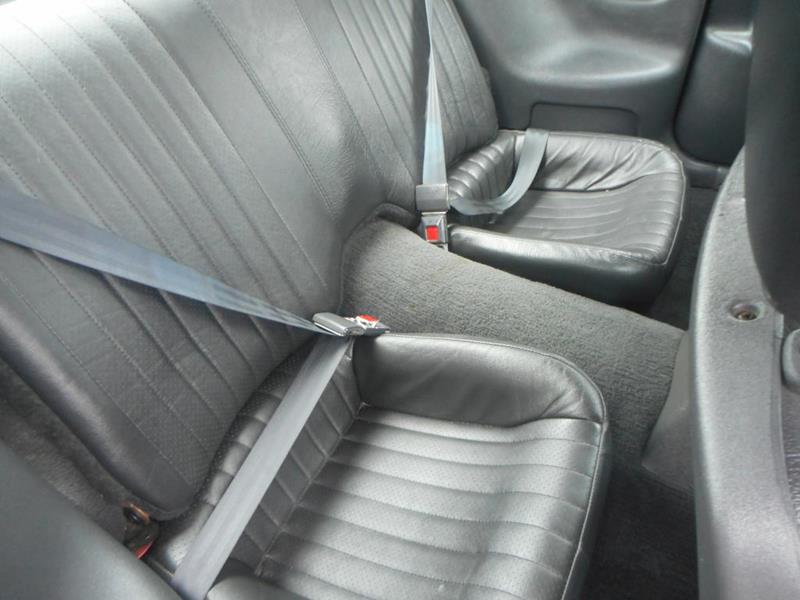
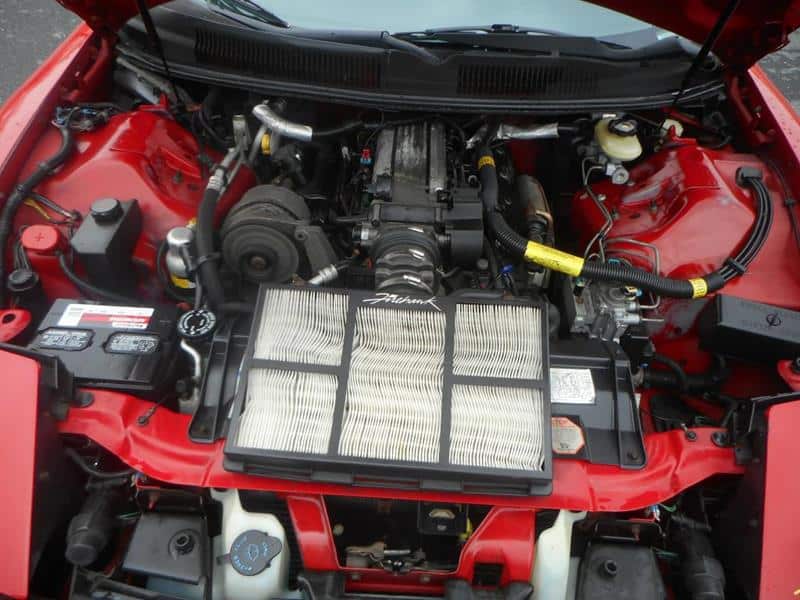
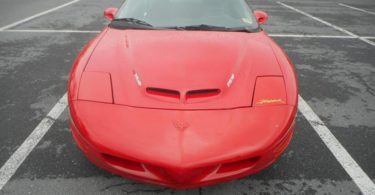
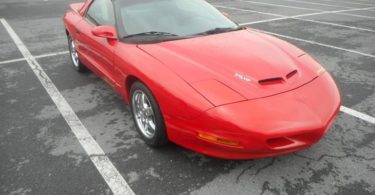
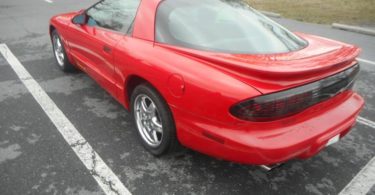
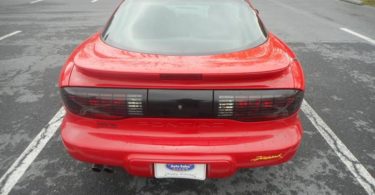
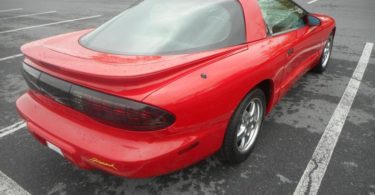
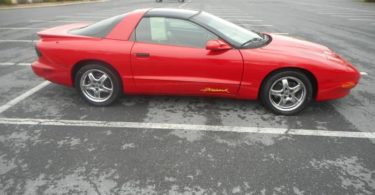
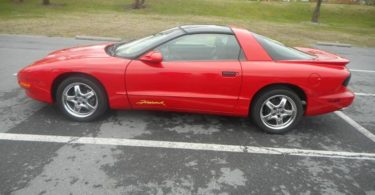
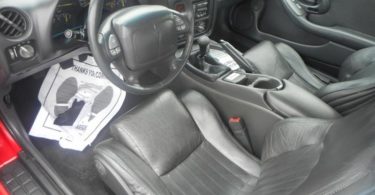
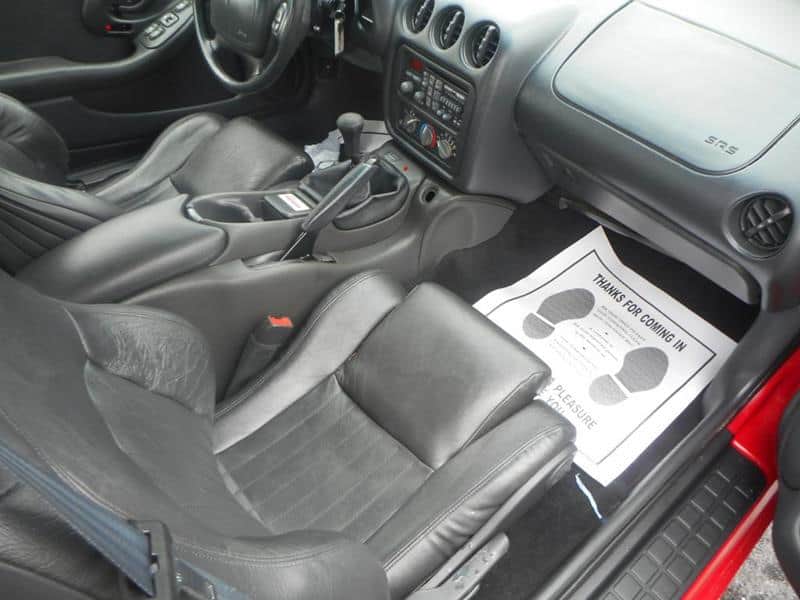
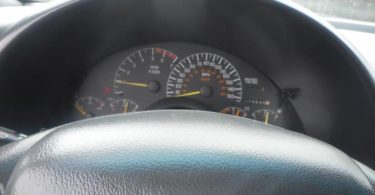
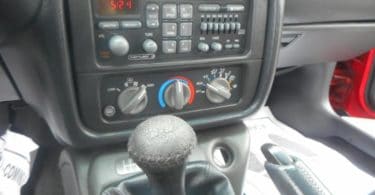
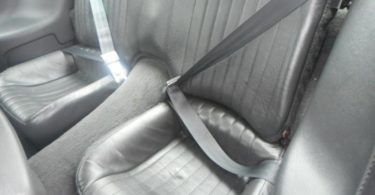
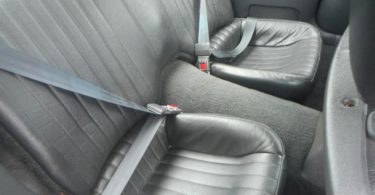
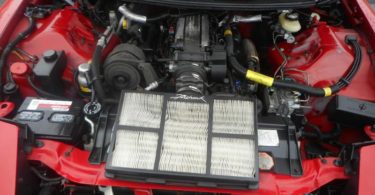

I owned that 1995 firehawk, i put the ziptie on the shifter, the cig lighter is missing, and the coolant level sensor on the radiator is unplugged
It is also catless
Good idea ditching the cig lighter the weight savings had to make your 1/4 mile time quicker . The coolant level sensor unplugged good idea as not to drain on the alternator again made your 1/4 even quicker , Way to go !